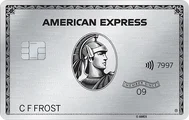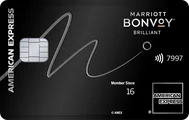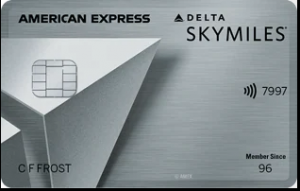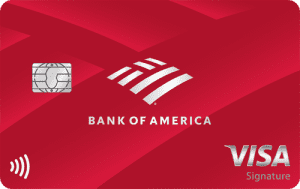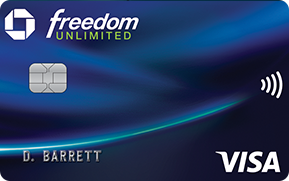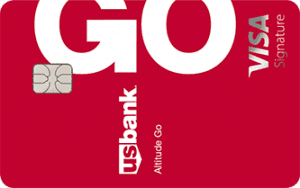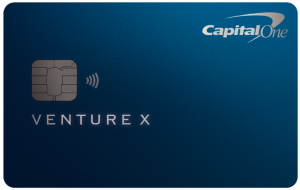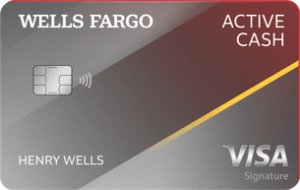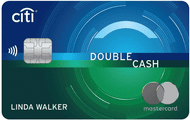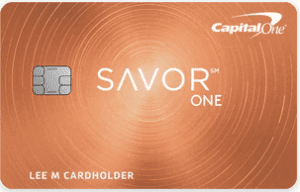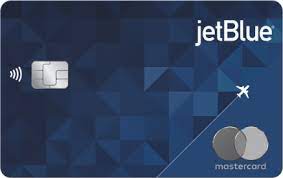Table Of Content
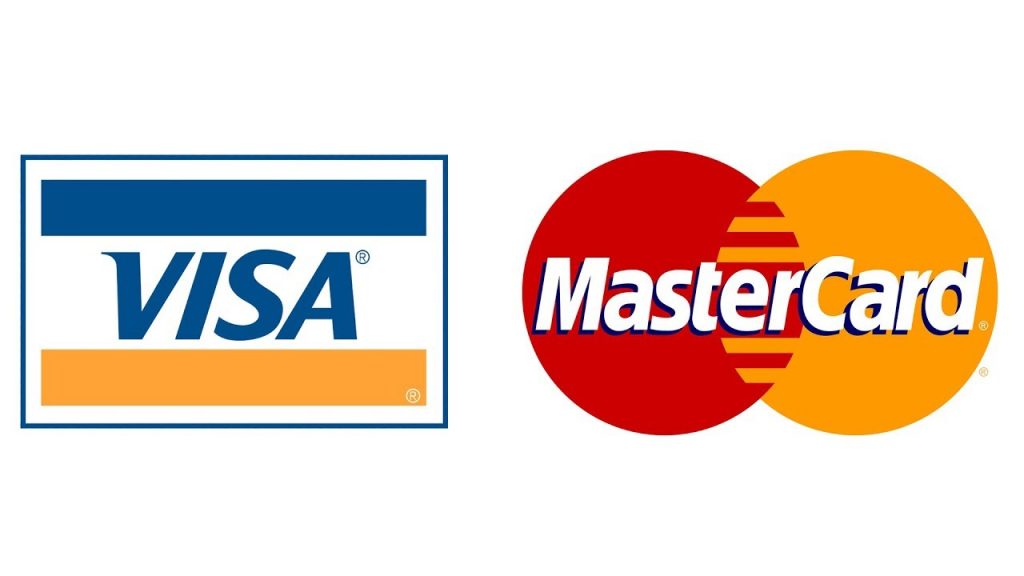
How Visa Credit Card Works?
When it comes to the electronic payments sector, Visa has the largest market share compared to its competitors. Unlike some of its competitors like American Express and Discover, Visa does not extend any credit to clients and issue their own credit or debit cards.
Instead, Visa partners with banks and credit unions to issue co-branded credit and debit cards. As a result, Visa earns money on fees charged to those financial institutions.
For example, the Chase Sapphire Preferred Credit Card is issued by Chase bank, which administers accounts and collects all payments and fees, but they do so in partnership with Visa. As a result, Chase bank pays service fees to Visa, depending on the card volume.
Visa debit cards are typically linked to checking, savings, or other types of accounts, whereas Visa credit cards are connected to a credit account at the financial institution. So, when you use an ATM card to withdraw cash, the amount you take out—plus any applicable fees—will be deducted from your linked account.
If you have a Visa card, then the issuer bank will usually be displayed on the left upper side of the card, while on the lower right side of the card, you will see the Visa logo.
Example: Popular Visa Credit Cards
Here's a table of some of the most popular credit cards using Visa as their payment processing network:
Card | Rewards | Annual Fee | |
|---|---|---|---|
| Bank of America® Customized Cash Rewards credit card | 1-3%
3% cash back in the category of your choice: gas, online shopping, dining, travel, drug stores, or home improvement/furnishings, 2% cash back at grocery stores and wholesale clubs and 1% cash back on all other purchases. The 3% and 2% cash back available on the first $2,500 in combined choice category/grocery store/wholesale club purchases each quarter (then 1%)
| $0 |
| Chase Freedom Unlimited® | 1.5% – 5%
5% cash back on travel booked through Chase Ultimate Rewards, 3% on dining (including takeout and eligible delivery), 3% on drugstore purchases, and 1.5% on all other purchases
| $0 |
| U.S. Bank Altitude® Go Visa Signature® | 1X – 4X
4x points at restaurants, take-outs & deliveries, 2x points at supermarkets, gas stations & streaming servicesm and 1 point for 1 dollar on all other purchases
| $0 |
| Capital One Venture X Rewards Credit Card
| 1X – 10X
10 miles per dollar on hotels and rental cars when booking via Capital One Travel, 5 miles per dollar on flights and 2 miles per dollar on all eligible purchases
| $395 |
| Wells Fargo Active Cash® Card | 2%
2% cash rewards on purchases (unlimited)
| $0 |
How MasterCard Works?
Mastercard is the second-largest payment processing network in the world. Its business model is very similar to Visa. Mastercard also does not extend credit to clients directly. This company also issued co-branded debit cards and credit cards in cooperation with banks and other financial institutions.
Mastercard earns its revenue from charging fees to banks and credit unions. However, unlike Visa, Mastercard charges those fees based on the overall volume of transactions, instead of the volume of cards issued.
Mastercard cards are also tied to the corresponding checking, savings, or credit card accounts. So, if you make a purchase, using a Mastercard credit card, then this sum will be subtracted from the linked credit card account at the bank.
Similarly, to Visa, all co-branded Mastercard cards have a logo of the company at the bottom right side of the card.
Example: Popular Mastercard Credit Cards
Here's a table of some of the best credit cards using Mastercard as their payment processing network:
Card | Rewards | Annual Fee | |
|---|---|---|---|
| Citi® Double Cash Card | 1% – 2%
2% cash back rewards rate – 1% every time you swipe and another 1% upon payment.
| $0 |
| Capital One SavorOne Cash Reward | 1% – 8%
unlimited 3% cash back on dining, entertainment, popular streaming services, and grocery store purchases (excluding superstores like Walmart® and Target®). You’ll also earn 1% on all other purchases. Plus, you get 10% cash back on purchases through Uber and Uber Eats, 8% on Capital One Entertainment purchases, and 5% on hotels and rental cars booked through Capital One Travel
| $0 |
| Bank of America® Customized Cash Rewards credit card | 1-3%
3% cash back in the category of your choice: gas, online shopping, dining, travel, drug stores, or home improvement/furnishings, 2% cash back at grocery stores and wholesale clubs and 1% cash back on all other purchases. The 3% and 2% cash back available on the first $2,500 in combined choice category/grocery store/wholesale club purchases each quarter (then 1%)
| $0 |
| JetBlue Plus Card | 1X – 6X
6X points on JetBlue purchases, 2X points at restaurants and grocery stores and 1X points on all other purchases
| $99 |
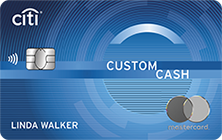 | Citi Custom Cash℠ Card | 1-5%
5% cash back on your highest eligible spend category each billing cycle up to the first $500 spent and 1% cash back thereafter
| $0 |
Mastercard and Visa: Key Differences
The primary business models of Visa and Mastercard are very similar: they issue credit and debit cards in partnership with banks and credit unions and then earn money on service fees.
However, despite those similarities, there are a number of distinct differences between those two networks, such as:
- Market share – Despite the fact that those two companies have very similar business models, it does not mean they have the same market share. According to com, in 2021, 61.6% of all electronic payments have been made using Visa Credit and Debit cards. On the other hand, Mastercard’s market share during that year was 25.7%. This means that as of 2021, Visa’s market share is more than twice that of Mastercard.
- Fees – Another critical difference between Visa and Mastercard is the structure of their fees. In the case of Visa, service fees are charged to every bank and credit union which uses Visa cards based on card volume. On the other hand, the fees Mastercard charges to issuers are calculated as a percentage of the value of transactions.
- Exclusive agreements –Visa and Mastercard have exclusive agreements with retailers and banks. For example, Costco agreed with Visa, according to which the retailer will only accept Visa cards. In return, Visa agreed to lower the merchant fee considerably. Some banks made agreements with one of those payment network companies, where they agreed to issue only Visa or Mastercard cards for some time in exchange for concessions about fees.
Mastercard and Visa: Which Card Network Is Bigger?
We can use several different criteria to measure which of those two competitors is more considerable, here are some of the comparisons:
- Revenue – This indicator is often used to compare the size of different companies. According to Visa’s 2021 annual report, the total revenue for the year was $24.11 billion.
In comparison, as the 2021 Mastercard annual report suggests, the total revenue for the company during that year was $18.88 billion. This differential here is not that surprising since Visa has a greater market share and, as a result, the ability to produce more revenue than in the case of Mastercard.
- Market capitalization – This is another popular indicator when measuring the relative size of different companies. Market capitalization measures the value of all the company's outstanding shares. In order words, it shows how much it costs to buy 100% of shares.
According to CNBC, in October 2022, the market capitalization of Visa stood close to $380 billion. As the same source suggests, the market capitalization of Mastercard was close to $280 billion during the same period. So here again, we can see that according to this indicator, Visa is a larger company than Mastercard.
Visa and Mastercard: Similar Benefits
Despite all of the differences between Visa and Mastercard, which we underline above, it is worth noting that those two companies offer similar benefits to their clients. Here are some examples:
- Lost card reporting – This is quite a simple but very important service. Both Visa and Mastercard allow you to use a toll-free line to report if your card was lost or stolen. After you report this, they will take the necessary steps to notify the appropriate financial institutions and help you replace your card. This is very helpful because if they do not block and replace cards when they are stolen, then criminals can have an opportunity to make illegal purchases and steal money in the process.
- Zero liability policy – Both Visa and Mastercard have a so-called ‘Zero liability policy’. This means that Visa and Mastercard will not hold you accountable for illegal transactions. This applies to all illegal transactions, including unauthorized purchases and ATM withdrawals.
- Travel protections – This benefit is not offered by all Visa and Mastercard cards. However, with some luxury credit cards, you can get refunds if your flight gets delayed or you lose your baggage. This is an important benefit for frequent travelers.
Which Unique Benefits Are Provided By Visa?
At this stage, it is worth noting that both Mastercard and Visa offer some benefits to their customers who are unavailable to their competitors. Here are some of the unique benefits offered by Visa:
- Roadside dispatch – This is an important benefit for drivers. If your car breaks down, your fuel runs out, or you have other problems, you can call the Visa hotline for roadside assistance at any moment, 24 hours a day. They will help you to sort out your problem. This includes such services as tire changing and fuel delivery.
Which Unique Benefits Are Provided By Mastercard?
After discussing some unique benefits offered by Visa, let us move on to the ones provided by Mastercard:
- Mastercard exclusive offers – Variety of special deals, discounts, and perks exclusively for its customers. While some benefits are available to all Mastercard holders, others are reserved for those with premium Mastercard credit or debit cards. These perks allow customers to save money and enjoy added value from their cards.
- Hotel rate guarantee – This benefit is available primarily for luxury Mastercard credit cards. If you decide to book a qualifying prepaid hotel rate with the help of Mastercard Travel & Lifestyle Service and if you find the same hotel stay for less, then the company will refund the difference. This can be a useful benefit for frequent travelers.
FAQs
How do you get a Visa credit card?
You can get a Visa credit card at banks and credit unions, which offer Visa credit cards.
However, it is worth remembering that, in most cases, you have to have some source of regular income and a decent credit rating to get approved for a credit card.
How do you get a Mastercard credit card?
To get MasterCard credit cards, you need to apply for one at banks or credit unions that offer them.
Having a stable source of income and a good credit rating are very important factors that will determine whether or not you will be approved for a credit card.
Where can I get a Visa credit card?
Nearly all banks and credit unions offer different types of Visa credit cards.
All you have to do is choose where you want to apply for a credit card and then submit the application either in person at the branch or through an online or mobile banking application.
Where can I get a Mastercard credit card?
Most banks and credit unions offer customers a number of Mastercard credit cards.
Once you choose which bank or credit union you want to apply for a credit card, you can do so in person or using an online or mobile banking application.
Which credit cards are Visa?
Visa credit cards have the Visa logo at the bottom right side. Some famous Visa credit cards include Chase Sapphire Preferred Card and Chase Freedom Unlimited Card.
Which credit cards are MasterCard?
MasterCard credit cards have the Mastercard logo at the bottom right side. For example, Mastercard credit cards include Citi Double Cash Card and Citi Premier Card.
Top Offers
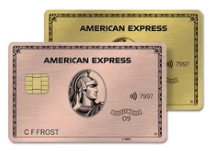
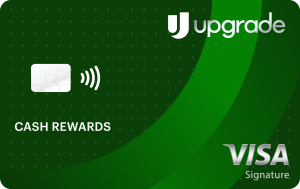
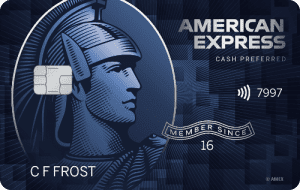
Top Offers From Our Partners
Top Offers
